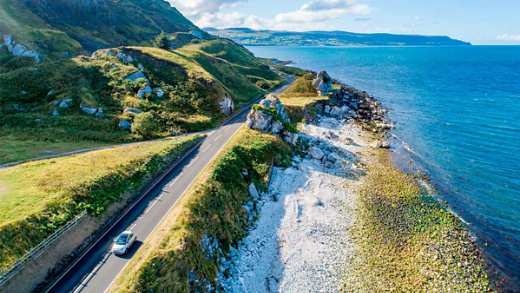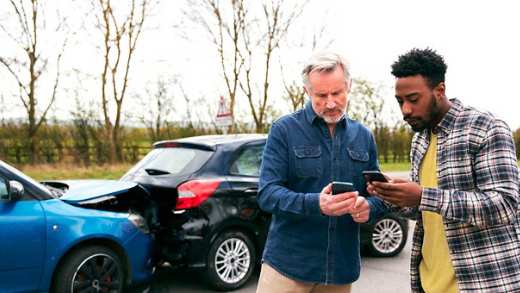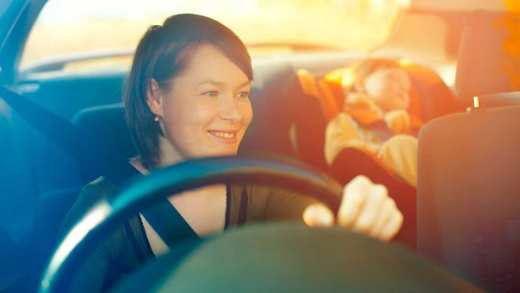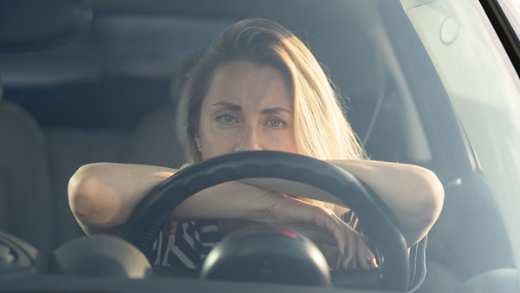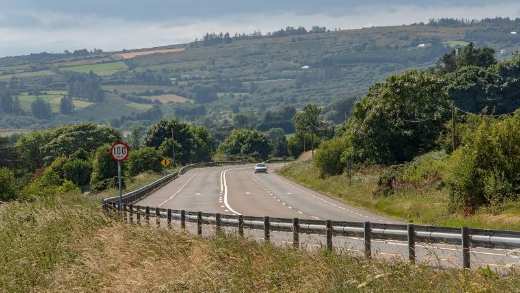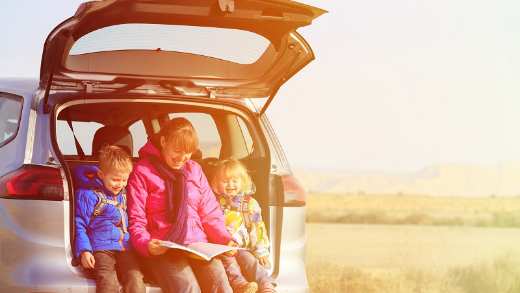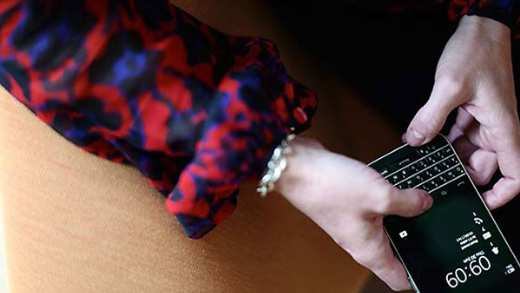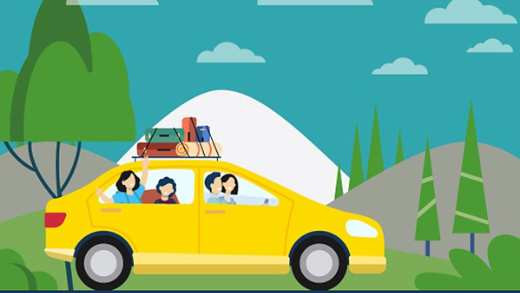All over Ireland, it’s become increasingly common to swap four wheels for two – whether it’s to keep fit, reduce emissions, speed up your commute, or simply to enjoy a bit of fresh air. With latest figures showing that an estimated 510,000 people are cycling weekly.1

The rising number of bikes on the road means it’s never been more important for drivers to understand the increased hazards they face on the roads today.
Like all other roads users cyclists have a responsibility to adhere to the rules of the road to safeguard themselves when they are out and about, but as vulnerable road users drivers should be extra vigilant when they do encounter a cyclist on the road.
Whether it’s navigating roundabouts, recognising signals, or knowing your blind spots, we’ve got a comprehensive guide as to how you as a driver can help to make the road a safer place.
Awareness is key
The first step is understanding that you share the road with other road users such as cyclists and that they are vulnerable when out and about. Without a protective frame, never mind seatbelts and airbags, they’re in an automatically more dangerous position – which means drivers should be more alert when cyclists are on the road to help keep them safe.
Some simple actions can help make the road a safer place for everyone, especially cyclists; heed your speed, keep your eyes on the road, and recognise that heavy congestion, as well as junctions, interchanges and roundabouts are areas where particular care is advised. As ever, exercise particular caution at night, in times of low visibility, windy conditions particularly during periods of cross winds where cyclists could get blown in front of the car or when dealing with inclement conditions like heavy rain or ice.
It’s also important to remember that bikes, when on the road should be treated as vehicles, enjoying the same rights of way as anyone else on the road. Yield to cyclists when entering roundabouts, when you’re on the main road at T-junctions, and in any other circumstances when a vehicle would have right of way.
If you need a refresher on how to navigate a roundabout safely, check out our guide to getting it right.
Keep your distance
Thanks to recent events, we’ve all become experts when it comes to maintaining a safe distance from others; channel the same energy when you’re approaching a cyclist, especially when overtaking. You should allow at least one metre distance when passing cyclists in speed zones up to 50km/h, and at least 1.5 metres when passing at speeds above 50km/h.2
Drivers should also be aware that cyclists may be young and/or inexperienced and need to swerve to avoid potholes, branches or other obstacles in their path; with this in mind, ensure you allow enough space for them to take evasive action when required. It’s yet another example of how time and space are so important on the roads.
Good practice makes perfect
As a driver, we all know that checking your mirrors and blind spots before stopping, parking, turning or moving off is good practice but becomes especially important if you are driving in an area commonly frequented by cyclists. The same goes for when you’re using your indicators, changing lanes or making a turn.
This is especially the case when turning left because cyclists are likely to be travelling kerb-side. Pay special attention in these instances – and, indeed, make sure to check the far side of the road for oncoming riders if and when turning right across your path.
Also, when approaching a junction or roundabout it’s not just your car’s indicators you need to remember – but the cyclist’s, too. Familiarise yourself with the basic signals used by riders when intending to turn or stop and keep an eye out for such gestures when on the road.
Open carefully
Similar vigilance is required when getting out of your car; this helps to avoid “dooring”, when a cyclist’s path is impeded by an open car door. For this, a popular remedy is using what’s known as “the Dutch reach”. Reaching for the handle with your far hand – meaning your left hand, for Irish cars – forces you to turn, and therefore be aware of bike traffic approaching your vehicle from the rear.
We encourage our customers, where possible, to make use of our online options to access any help you need. If you have a query you can reach us via our contact forms. MyAviva is an online self-service portal available to all our home and car insurance customers.







